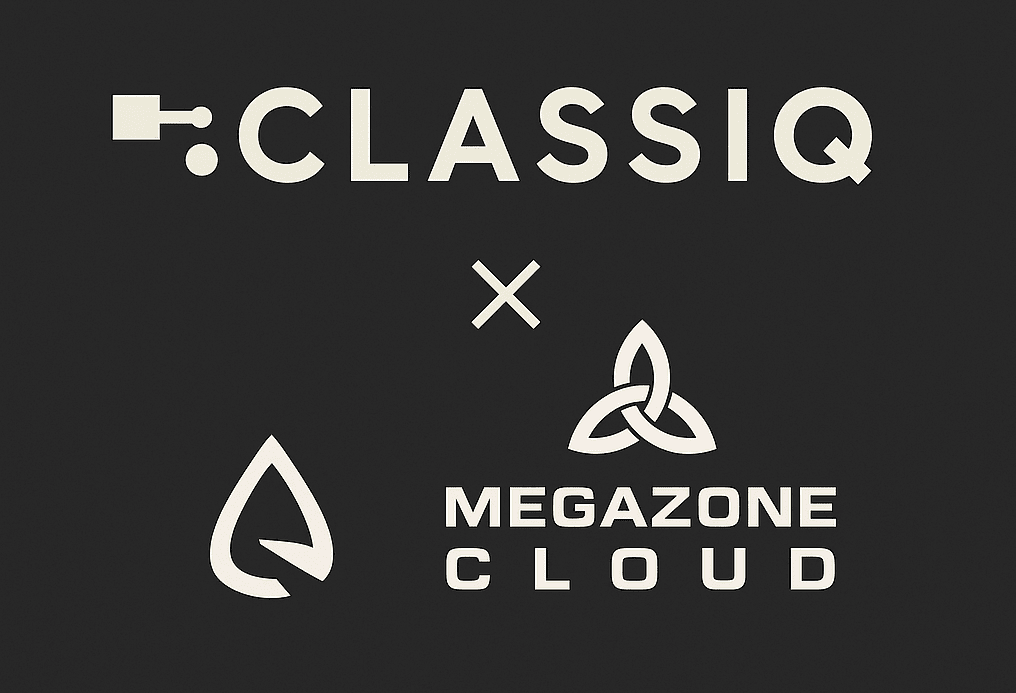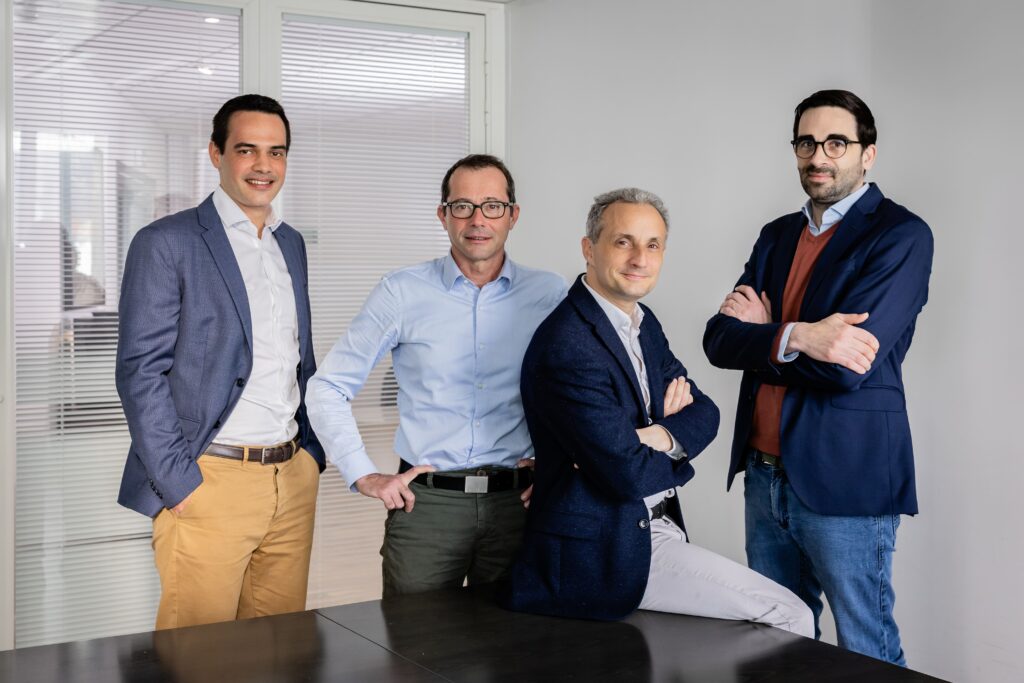Insider Brief
- Q-CTRL release of Fire Opal, a software package designed to help algorithm developers to get useful results from quantum computers.
- Improving the quality of results returned by quantum processors is essential for quantum computers to deliver true value.
- The initial release includes integration with quantum hardware via IBM quantum devices, however, Fire Opal is hardware agnostic.
Q-CTRL, a global leader in infrastructure software for quantum technology, today announced the release of Fire Opal, a user-friendly software package designed to enable algorithm developers to get useful results from today’s imperfect quantum computers. The announcement was made at Q2B, the quantum industry trade show in Santa Clara, California.
Quantum computing is expected to transform sectors from drug discovery and logistics to finance. However, most quantum computers are so error prone that they can run only the shortest and simplest algorithms before errors build up and render the calculations useless. Improving the quality of results returned by quantum processors is essential for quantum computers to deliver true value.
Fire Opal allows quantum algorithm developers in business and research to run more valuable algorithms on today’s quantum computers by reducing performance-limiting errors automatically. Early algorithm developers at large enterprises from banking, technology consulting, and investment management have become enthusiastic advocates of this transformational new product.

It delivers the same technology Q-CTRL researchers used to achieve up to 9,000x improvements in how likely quantum algorithms were to produce the right answer on quantum computers. This technology is now available as a fully automated software package free for any user via the cloud, enabling developers to improve quantum algorithm performance and achieve otherwise unattainable results from real quantum computers.
Fire Opal is hardware agnostic. The initial release includes integration with quantum hardware via IBM quantum devices, with more backend providers coming soon, enabling users to optimize algorithm execution on real quantum processors accessible via the cloud.
Q-CTRL has also been an early user of pulse-level control through Amazon Braket. Fire Opal at its core employs the new capabilities enabled by pulse-level control in order to derive orders of magnitude improvements in QPU performance.
“We look forward to supporting Q-CTRL’s innovations in quantum error suppression, a key to enhance quantum computing performance and achieve practical quantum computing adoption by end users,” said Richard Moulds, General Manager of Amazon Braket.
Future Fire Opal releases will extend access to multiple new backend providers and deliver expanded capabilities. This includes full support for optimized Quantum Error Correction syndrome measurement and decoding, and hardware-optimized execution of hybrid algorithms, such as QAOA, on paid plans.
Pre-release beta users have repeatedly validated Fire Opal’s capabilities with real quantum algorithms, reporting exceptional performance and efficiency gains.
“The Capgemini team used Fire Opal to benchmark the inverse quantum Fourier transform with relevance to materials science and drug discovery,” said Julian van Velzen, CTIO & Head of Capgemini’s Quantum Lab., “We found process fidelities were improved by more than an order of magnitude versus no error mitigation, with relative improvements increasing with the number of qubits. We further found that fidelities were higher than for other error mitigation tools that we have explored.”
“We find particularly appealing that the product is both circuit agnostic and quick, which will allow for fast prototyping,” van Velzen added. “This is valuable in the short term to enable us to push further with end-to-end, proof-of-concept explorations on current hardware. In the years ahead, as we move closer to quantum advantage, this will enable real applications to deliver value sooner.”
Dr. Valtteri Lahtinen, Chief Scientific Officer & Co-Founder at Quanscient, also recognised the benefits of using Fire Opal to optimize algorithms and reduce costs. “We wanted to challenge Fire Opal’s capabilities by running a quite complex, unoptimized circuit. The results were extremely promising. The only comparable results we’ve seen have come from hardware too expensive to run.”
Fire Opal is fully automated and requires no user overhead, configuration, or tuning. The core technology for error suppression also involves zero extra compute time for the user, reducing quantum compute costs by up to 100x relative to alternative approaches.
“Our experience with Q-CTRL and Fire Opal was simply amazing,” said Johan de Kleer, Research Fellow at Xerox PARC. “We designed a special quantum circuit benchmark based on diagnostic problems to evaluate the software. We ran the benchmark with and without Fire Opal, and the results spoke for themselves: Fire Opal achieved 4.5x more accuracy and 2x reduction in execution cost compared to the baseline. The experience clearly indicates how much more cost-effective quantum computing can be when using the right tools.”
Q-CTRL addresses the challenge of hardware error in its efforts to make quantum computers useful through pioneering research. The company recently demonstrated this through experimental benchmarking tests of Fire Opal running both benchmark algorithms similar to those used by the U.S. Quantum Economic Development Consortium (QED-C) and proxy measures, such as Quantum Volume, as developed by IBM.
“There’s hidden performance inside today’s quantum computers that can be accessed with the right software,” said Q-CTRL founder and CEO Professor Michael J. Biercuk. “We understand how difficult it has been for all but a handful of specialist experts to leverage advanced capabilities in quantum error suppression – that changes today with Fire Opal. Now anyone can achieve meaningful insights from today’s quantum computers, and save massively on compute costs in the process.”
Q-CTRL, together with its partners, is building a broader quantum ecosystem, aiming to make useful quantum computing accessible to every business and individual seeking strategic advantage. Fire Opal’s announcement follows the release of Black Opal Enterprise, Q-CTRL’s flagship edtech tool designed to make businesses quantum ready.
PRESS RELEASE
If you found this article to be informative, you can explore more current quantum news here, exclusives, interviews, and podcasts.

















